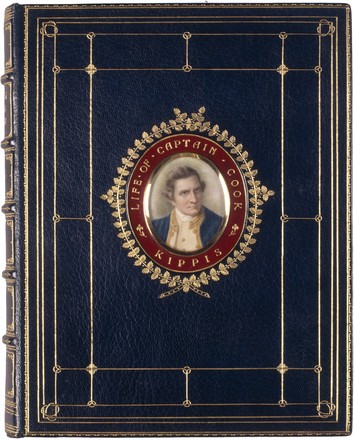
The life of Captain James Cook
1788
Bound volume
London: Printed for G Nicol ... and G G J and J Robinson ..., 1788
Bequest of Sir William Dixson, 1952
SAFE/ Q78/8
Bound volume
London: Printed for G Nicol ... and G G J and J Robinson ..., 1788
Bequest of Sir William Dixson, 1952
SAFE/ Q78/8
Like many collectors of his day, Sir William collected material related to Cook, termed by collectors as ‘Cookiarnia’. Along with numerous copies of the first edition of the Kippis account, he owned a German edition published in 1789, and collected maps drawn by Cook, objects supposedly used by Cook and numerous illustrated editions of Cook’s voyages. He also kept a volume of carefully selected news clippings about Cook and any items that came up for sale. The volume also includes notes from manuscripts and publications that mentioned Cook in any detail.


 Back to list
Back to list